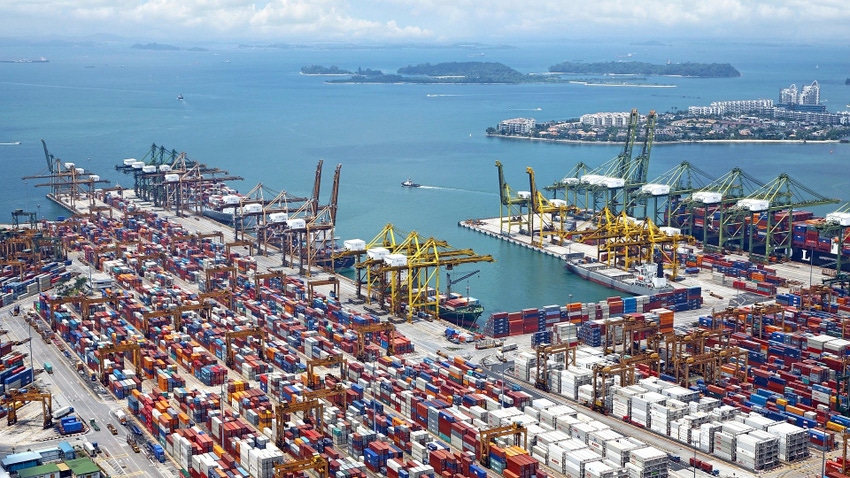Philippines weighing possible reductions in pork tariff rates
Country's ability to supplement lower inventories with imported pork hampered by very high tariff rates.
February 3, 2021

African swine fever (ASF) has had a dramatic impact on pork production in the Philippines, where agricultural officials are considering a number of options for bolstering pork supplies and stabilizing prices.
U.S. Meat Export Federation (USMEF) Economist Erin Borror said the country’s shortage really started to occur last year in 2020 during the pandemic. USDA estimates pork production in the region was down 30% year over year, and their imports were lower, as well.
“The situation has continued to intensify with ASF still spreading, disincentivizing producer to try to rebuild, even though hog prices are quite high,” Borror noted.
The Philippines typically has been about 88% self-sufficient. “They are a big importer, but most of their consumption has come from domestic production.”
Additionally, Borror explained that the Philippines' ability to supplement inventories with imported pork is hampered by very high tariff rates. Imported pork cuts entering the Philippines are subject to a 30% tariff up to an annual quota of 54,000 metric tons. Beyond that volume, the rate jumps to 40%. Borror noted that these tariffs – which are the highest of any major import market in the world – are especially difficult to pass along to consumers because the Philippines is a very price-sensitive market.
USMEF reported that the Phillipines Department of Agriculture has created an interagency committee to examine the situation, and importers could see some relief this month – either in the form of lower tariff rates, a larger quota, or some combination.
“They’re expected to submit a recommendation to the ag secretary, so hopefully we’ll know something more at the start of February,” Borror added.
USMEF said the U.S. was the only major pork supplier to post an increase in exports to the Philippines in 2020, with volume (through November) increasing 13% to more than 42,000 metric tons, valued at $104 million (up 19%).
You May Also Like


.png?width=300&auto=webp&quality=80&disable=upscale)
